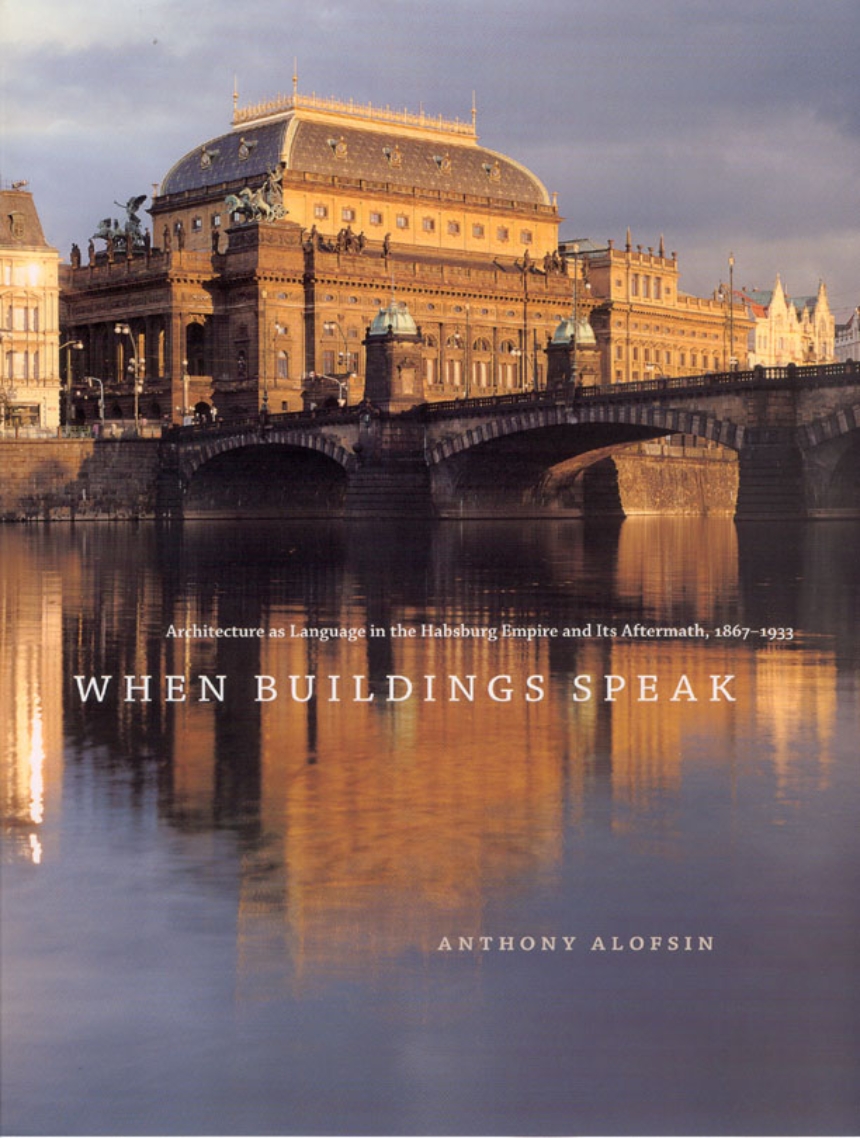When Buildings Speak
Architecture as Language in the Habsburg Empire and Its Aftermath, 1867-1933
9780226015064
When Buildings Speak
Architecture as Language in the Habsburg Empire and Its Aftermath, 1867-1933
In When Buildings Speak,Anthony Alofsin explores the rich yet often overlooked architecture of the late Austro-Hungarian Empire and its successor states. He shows that several different styles emerged in this milieu during the late nineteenth and early twentieth centuries. Moreover, he contends that each of these styles communicates to us in a manner resembling language and its particular means of expression.
Covering a wide range of buildings—from national theaters to crematoria, apartment buildings to warehouses, and sanatoria to postal savings banks—Alofsin proposes a new way of interpreting this language. He calls on viewers to read buildings in two ways: through their formal elements and through their political, social, and cultural contexts. By looking through Alofsin’s eyes, readers can see how myriad nations sought to express their autonomy by tapping into the limitless possibilities of art and architectural styles. And such architecture can still speak very powerfully to us today about the contradictory issues affecting parts of the former Habsburg Empire.
“The book itself as a production is spectacular.”—David Dunster, Architectural Review
“The book itself as a production is spectacular.”—David Dunster, Architectural Review
300 pages | 158 color plates, 52 halftones | 8 1/2 x 11 | © 2006
Architecture: European Architecture
History: European History
Reviews
Table of Contents
Preface
Introduction
Issues of Architecture, Language, and Identity
1. The Language of History
2. The Language of Organicism
3. The Language of Rationalism
4. The Language of Myth
5. The Language of Hybridity
Conclusion
Continuities, Discontinuities, and Transformations
Appendix: Place-Names, Educational Institutions, Translation of Secession
Notes
Selected Bibliography
Illustration Credits
Index
Introduction
Issues of Architecture, Language, and Identity
1. The Language of History
2. The Language of Organicism
3. The Language of Rationalism
4. The Language of Myth
5. The Language of Hybridity
Conclusion
Continuities, Discontinuities, and Transformations
Appendix: Place-Names, Educational Institutions, Translation of Secession
Notes
Selected Bibliography
Illustration Credits
Index
Awards
South East Society of Architectural Hist: Southeast Society of Architectural Historians Award
Honorable Mention
Dallas Museum of Fine Arts: Vasari Award
Won
